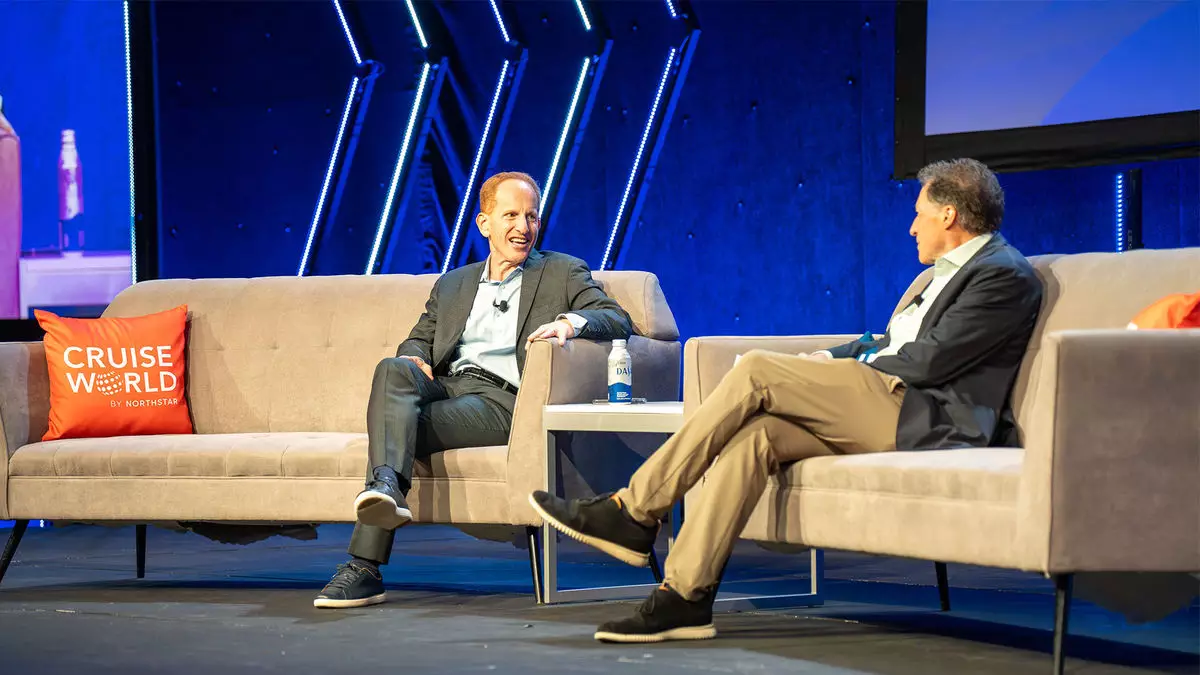With the cruise industry poised for significant growth, marked by the introduction of over 60 new vessels in the coming years, the spotlight is firmly on sustainability practices. As cruise lines scramble to meet increasing demands from environmental regulators, particularly in Europe, they are embarking on a journey to transform their operational frameworks. This evolution is not merely about compliance but necessitates a deeper commitment to environmental stewardship, pushing the boundaries of technology and innovation.
In response to these challenges, several cruise operators have chosen to deploy liquefied natural gas (LNG) as a fuel source, which is promoted as a cleaner alternative to traditional marine fuels. However, this choice is not universal; Norwegian Cruise Line Holdings (NCLH) has consciously rejected LNG for its latest ships, including the Norwegian Prima and Norwegian Viva. CEO Harry Sommer emphasized this decision at CruiseWorld, articulating a perspective that challenges the prevailing narrative around LNG. He highlighted that while LNG may lower carbon emissions, its methane emissions present a significant environmental challenge. Given that methane is more potent than carbon dioxide in terms of greenhouse gas effects, NCLH opted to explore alternatives that could offer a more sustainable long-term impact.
In lieu of LNG, NCLH is experimenting with biofuels across 20% of its fleet, seeking viable transitional fuels. This approach reflects a broader industry trend towards diversifying fuel sources, a strategy deemed essential as the quest for cleaner energy solutions intensifies. Additionally, the company is preparing its next generation of ships—set to launch in 2027 and 2028—to operate on both traditional diesel and green methanol, showcasing a commitment to future-proofing their operations against evolving environmental standards.
The Cruise Lines International Association (CLIA) has set ambitious targets for the industry, demanding a pathway to net-zero carbon emissions by 2050. Royal Caribbean Group CEO Jason Liberty articulated a pressing need for accessible clean fuel sources to realize these targets. His acknowledgment of extensive investments in technology underlines a critical issue: while innovations are underway, the requisite fuel infrastructure must keep pace to support these advancements. This highlights a disconnect between technological development and fuel availability, presenting a formidable barrier to swift progress.
As cruise lines navigate these complex waters, their design strategies are increasingly focused on flexibility, with ships being constructed to accommodate multiple fuel types. This adaptive approach is emblematic of an industry at a crossroads, where the drive for growth must align with the imperatives of sustainability. By fostering innovation and ensuring that future ships can switch between various fuels, the cruise industry aims to bridge the gap between current operational realities and the ambitious sustainability targets that lie ahead.
The cruise industry’s path towards sustainability is fraught with challenges, yet it is marked by a growing commitment to embracing new technologies and methodologies. As the industry evolves, the pursuit of a cleaner, more sustainable future hinges on collaborative efforts to develop and deploy viable fuel sources that can meet both regulatory demands and public expectations.

